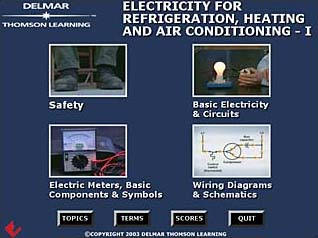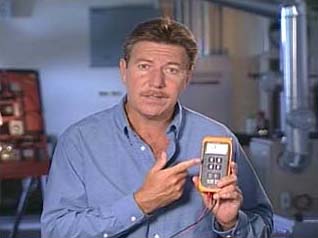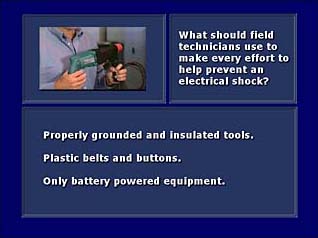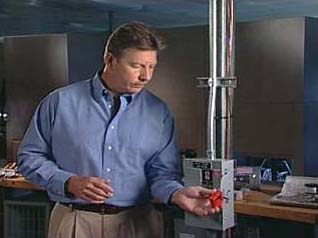HVAC Skills: Electricity For Refrigeration, Heating And A/C-1

- Product ID
- dlmreac1
- Training Time ?
- 111 to 222 minutes
- Language(s)
- English
- Video Format
- Standard Definition
- Required Plugins
- MasteryNet Player
- Lesson Interactions
- 14
- Quiz Questions
- 40



This training brings must-know electrical concepts and HVAC service procedures to life! An excellent way to introduce essential electrical topics, from basic concepts of electricity through motors and controls, This first of a three part series focuses on the basics, including: safety attire and equipment; relationships between current, resistance, and electromotive force; use of the ammeter, voltmeter and ohmmeter; plus different types of wiring diagrams and how to read simple schematics.
![]() This course is in the Advantage™ format, to read about Advantage™ features click here.
This course is in the Advantage™ format, to read about Advantage™ features click here.

- Rich multimedia presentation with interactions and quiz
- Print certificate and wallet card
- You have 30 days to complete the course
This training is designed for anyone learning about electricity for refrigeration, heating and air conditioning. Part 1 of 3.
-
Safety
- Introduction
- General circuit safety
- Electric shock
- Shock response guidelines
- Personal safety
- Equipment and tool safety
- Circuit protection
- The national electric code
- Fuses and circuit breakers
- Circuit lockout
- Wet conditions
- Summary
- Summary
-
Basic Electricity and Circuits
- Introduction
- Atomic theory
- Conductors and insulators
- Electrical quantities
- Ohm's law
- Series circuit rules
- Parallel circuits
- Summary
-
Electric Meters, Basic Components and Symbols
- Introduction
- Basic principles of electrical measurement
- Analog meters
- Analog voltmeters
- Analog Ohmeters
- Putting it together
- Digital meters
- Basic circuit components
- Electrical loads
- Motors
- Solenoids
- Heaters
- Relays and contactors
- Switches
- Summary
-
Wiring Diagrams and Schematics
- Introduction
- The schematic diagram
- Pictorial diagrams
- Reading wiring diagrams
- Dehumidifier wiring diagram
- Window air conditioner schematic
- Walk-in cooler schematic
- Commercial freezer schematic
- Gas furnace schematic
- Packaged A/C unit schematic
- Summary
- Explain the importance of respecting electric circuits.
- Describe electric shock and how one should react in the event that a shock has occurred.
- Explain how field technicians should dress in order to reduce the possibility of personal injury.
- Explain how power tools, circuits and individuals are protected by fuses, circuit breakers and ground wires.
- Explain the importance of locking out an electrical system while service is being performed.
- Describe two fundamental laws that directly apply to atomic theory.
- Explain the difference between a conductor and an insulator.
- Define some commonly used electrical terms.
- Use Ohm's Law to calculate values for circuit voltage, current, resistance and wattage.
- Explain the rules that apply to series and parallel circuits.
- Explain how magnetism is related to current flow in an electric circuit.
- Explain the operation and usage of analog and digital electric meters.
- Explain the difference between system loads and switches.
- Explain the operation of relays, contactors and other switching devices.
- Show how system components are drawn in electrical wiring diagrams.
- Explain the purpose of wiring diagrams.
- Explain the difference between a schematic and a pictorial diagram.
- Explain how to read a wiring diagram.
- Identify the electrical symbols for various system components.
- Describe the wiring diagrams of various HVAC systems.
© Mastery Technologies, Inc.

